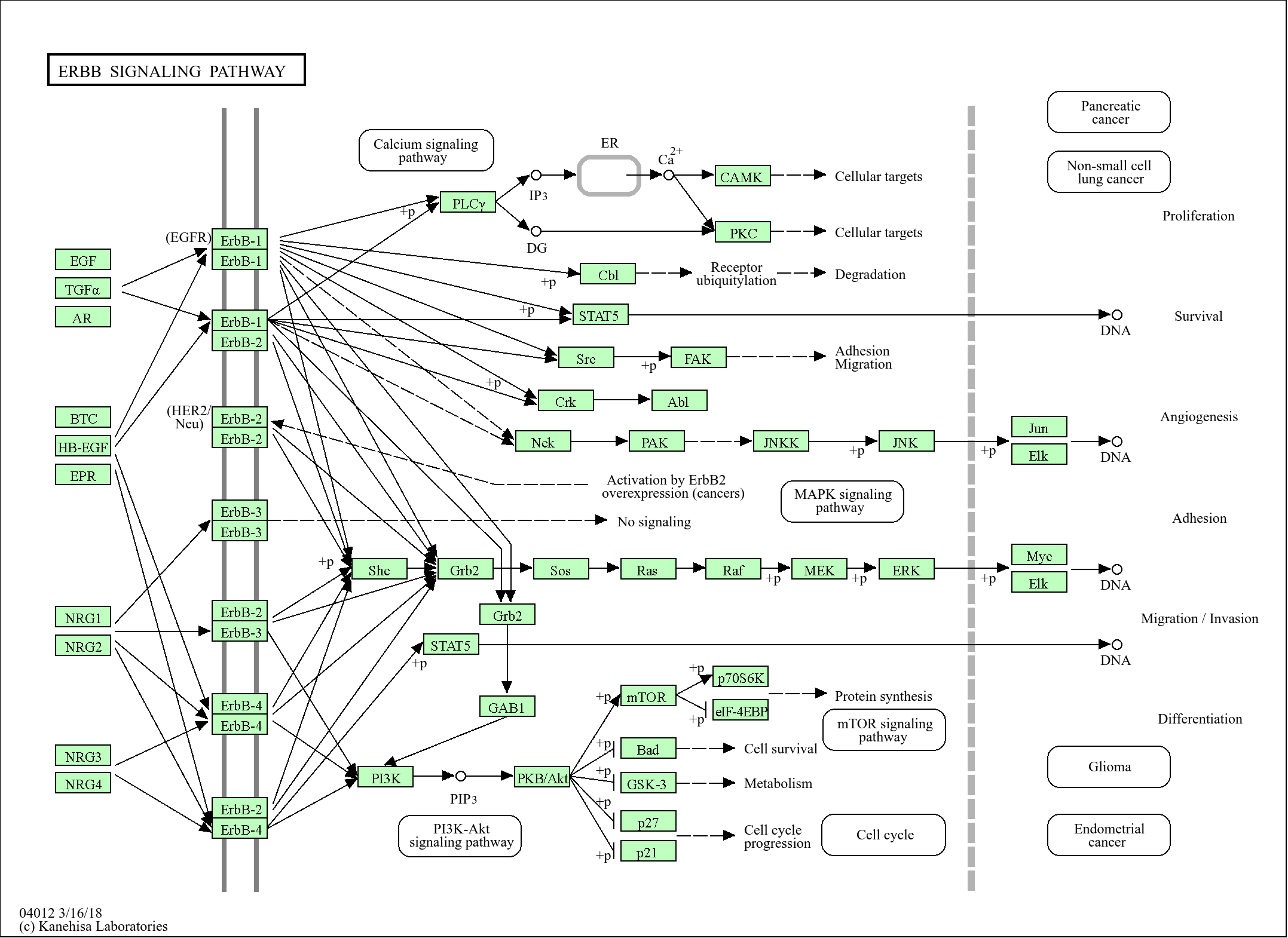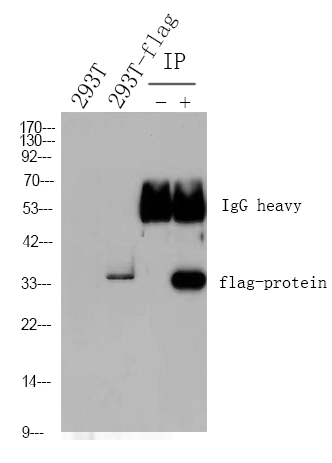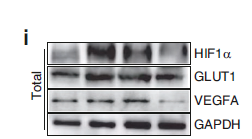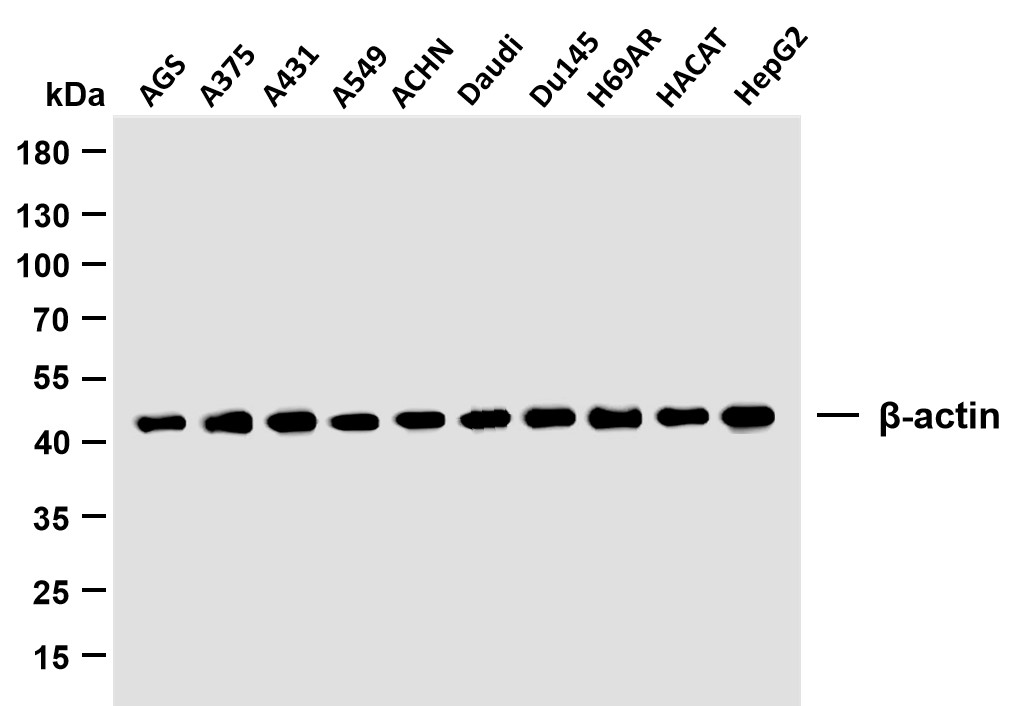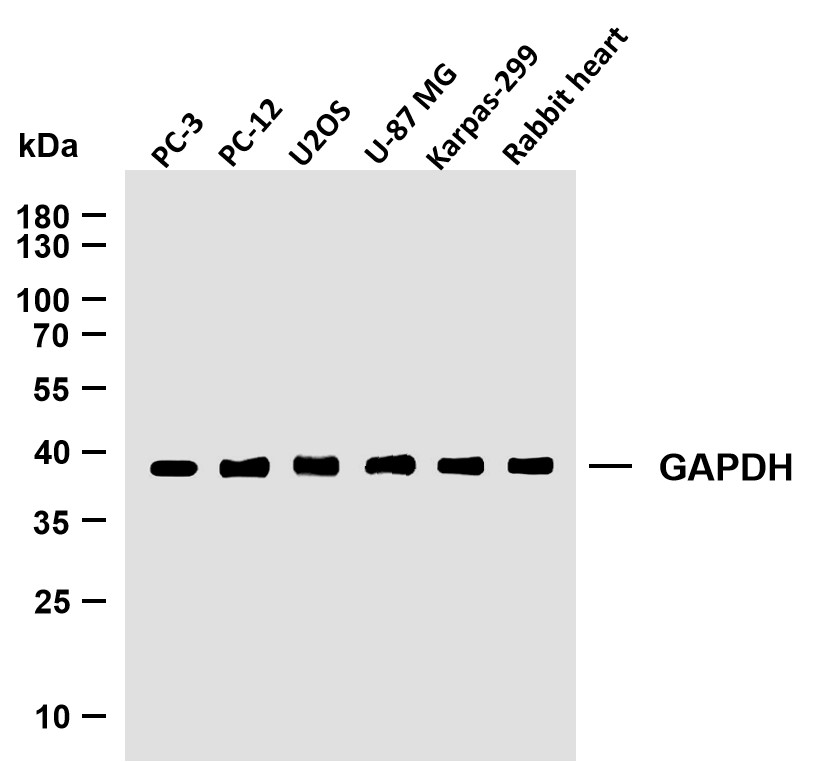
Catalog: YP1228
Size
Price
Status
Qty.
200μL
$600.00
In stock
0
100μL
$340.00
In stock
0
50μL
$190.00
In stock
0
Add to cart


Collected


Collect
Main Information
Target
SMC3
Host Species
Rabbit
Reactivity
Human, Mouse, Rat
Applications
IHC, IF, WB
MW
145kD (Observed)
Conjugate/Modification
Phospho
Detailed Information
Recommended Dilution Ratio
IHC 1:50-200; WB 1:500-2000; IF 1:50-200
Formulation
Liquid in PBS containing 50% glycerol, 0.5% BSA and 0.02% sodium azide.
Specificity
This antibody detects endogenous phospho levels of Bamacan (Phospho-Ser1083) at Human:S1083, Mouse:S1083, Rat:S1083.The name of modified sites may be influenced by many factors, such as species (the modified site was not originally found in human samples) and the change of protein sequence (the previous protein sequence is incomplete, and the protein sequence may be prolonged with the development of protein sequencing technology). When naming, we will use the "numbers" in historical reference to keep the sites consistent with the reports. The antibody binds to the following modification sequence (lowercase letters are modification sites):SGsQS
Purification
The antibody was affinity-purified from rabbit serum by affinity-chromatography using specific immunogen.
Storage
-15°C to -25°C/1 year(Do not lower than -25°C)
Concentration
1 mg/ml
MW(Observed)
145kD
Modification
Phospho
Clonality
Polyclonal
Isotype
IgG
RRID
AB_3674539
Related Products
Antigen&Target Information
Immunogen:
Synthesized peptide derived from human Bamacan (Phospho-Ser1083)
show all
Specificity:
This antibody detects endogenous phospho levels of Bamacan (Phospho-Ser1083) at Human:S1083, Mouse:S1083, Rat:S1083.The name of modified sites may be influenced by many factors, such as species (the modified site was not originally found in human samples) and the change of protein sequence (the previous protein sequence is incomplete, and the protein sequence may be prolonged with the development of protein sequencing technology). When naming, we will use the "numbers" in historical reference to keep the sites consistent with the reports. The antibody binds to the following modification sequence (lowercase letters are modification sites):SGsQS
show all
Gene Name:
SMC3 BAM BMH CSPG6 SMC3L1
show all
Protein Name:
Bamacan (Phospho-Ser1083)
show all
Other Name:
Structural maintenance of chromosomes protein 3 ;
SMC protein 3 ;
SMC-3 ;
Basement membrane-associated chondroitin proteoglycan ;
Bamacan ;
Chondroitin sulfate proteoglycan 6 ;
Chromosome-associated polypeptide ;
hCAP ;
SMC protein 3 ;
SMC-3 ;
Basement membrane-associated chondroitin proteoglycan ;
Bamacan ;
Chondroitin sulfate proteoglycan 6 ;
Chromosome-associated polypeptide ;
hCAP ;
show all
Background:
This gene belongs to the SMC3 subfamily of SMC proteins. The encoded protein occurs in certain cell types as either an intracellular, nuclear protein or a secreted protein. The nuclear form, known as structural maintenance of chromosomes 3, is a component of the multimeric cohesin complex that holds together sister chromatids during mitosis, enabling proper chromosome segregation. Post-translational modification of the encoded protein by the addition of chondroitin sulfate chains gives rise to the secreted proteoglycan bamacan, an abundant basement membrane protein. [provided by RefSeq, Jul 2008],
show all
Function:
Caution:Was originally isolated as a proteoglycan protein (explaining its name). Although not excluded, such secreted function is not clear.,Disease:Defects in SMC3 are the cause of Cornelia de Lange syndrome type 3 (CDLS3) [MIM:610759]. CDLS is a dominantly inherited multisystem developmental disorder characterized by growth and cognitive retardation, abnormalities of the upper limbs, gastroesophageal dysfunction, cardiac, ophthalmologic and genitourinary anomalies, hirsutism, and characteristic facial features. CDSL3 is a mild form with absence of major structural anomalies typically associated with CDLS. The phenotype in some instances approaches that of apparently non-syndromic mental retardation.,Domain:The flexible hinge domain, which separates the large intramolecular coiled coil regions, allows the heterotypic interaction with the corresponding domain of SMC1A or SMC1B, forming a V-shaped heterodimer. The two heads of the heterodimer are then connected by different ends of the cleavable RAD21 protein, forming a ring structure.,Function:Involved in chromosome cohesion during cell cycle and in DNA repair. Central component of cohesin complex. The cohesin complex is required for the cohesion of sister chromatids after DNA replication. The cohesin complex apparently forms a large proteinaceous ring within which sister chromatids can be trapped. At anaphase, the complex is cleaved and dissociates from chromatin, allowing sister chromatids to segregate. The cohesin complex may also play a role in spindle pole assembly during mitosis and in chromosome movement.,PTM:Phosphorylated upon DNA damage, probably by ATM or ATR.,similarity:Belongs to the SMC family. SMC3 subfamily.,subcellular location:Associates with chromatin. Before prophase it is scattered along chromosome arms. During prophase, most of cohesin complexes dissociate from chromatin probably because of phosphorylation by PLK, except at centromeres, where cohesin complexes remain. At anaphase, the RAD21 subunit of the cohesin complex is cleaved, leading to the dissociation of the complex from chromosomes, allowing chromosome separation.,subunit:Interacts with MXI1, MXD3 and MXD4. Interacts with SYCP2. Found in a complex with SMC1A, CDCA5 and RAD21, PDS5A/APRIN and PDS5B/SCC-112 (By similarity). Forms a heterodimer with SMC1A or SMC1B in cohesin complexes. Cohesin complexes are composed of the SMC1 (SMC1A or SMC1B) and SMC3 heterodimer attached via their hinge domain, RAD21 which link them, and one STAG protein (STAG1, STAG2 or STAG3), which interacts with RAD21. Also found in meiosis-specific cohesin complexes. Interacts with NUMA1, and forms a ternary complex with KIF3B and KIFAP3, suggesting a function in tethering the chromosomes to the spindle pole and in chromosome movement.,
show all
Cellular Localization:
Nucleus . Chromosome . Chromosome, centromere . Associates with chromatin. Before prophase it is scattered along chromosome arms. During prophase, most of cohesin complexes dissociate from chromatin probably because of phosphorylation by PLK, except at centromeres, where cohesin complexes remain. At anaphase, the RAD21 subunit of the cohesin complex is cleaved, leading to the dissociation of the complex from chromosomes, allowing chromosome separation. The phosphorylated form at Ser-1083 is preferentially associated with unsynapsed chromosomal regions (By similarity). .
show all
Tissue Expression:
Research Areas:
>>Cell cycle ;
>>Oocyte meiosis
>>Oocyte meiosis
show all
Signaling Pathway
Reference Citation({{totalcount}})
Catalog: YP1228
Size
Price
Status
Qty.
200μL
$600.00
In stock
0
100μL
$340.00
In stock
0
50μL
$190.00
In stock
0
Add to cart


Collected


Collect
Recently Viewed Products
Clear allPRODUCTS
CUSTOMIZED
ABOUT US
Toggle night Mode
{{pinfoXq.title || ''}}
Catalog: {{pinfoXq.catalog || ''}}
Filter:
All
{{item.name}}
{{pinfo.title}}
-{{pinfo.catalog}}
Main Information
Target
{{pinfo.target}}
Reactivity
{{pinfo.react}}
Applications
{{pinfo.applicat}}
Conjugate/Modification
{{pinfo.coupling}}/{{pinfo.modific}}
MW (kDa)
{{pinfo.mwcalc}}
Host Species
{{pinfo.hostspec}}
Isotype
{{pinfo.isotype}}
Product {{index}}/{{pcount}}
Prev
Next
{{pvTitle}}
Scroll wheel zooms the picture
{{pvDescr}}

